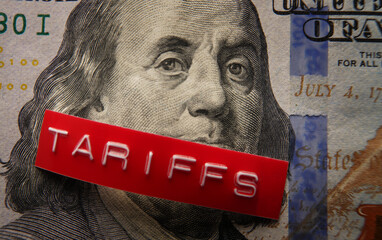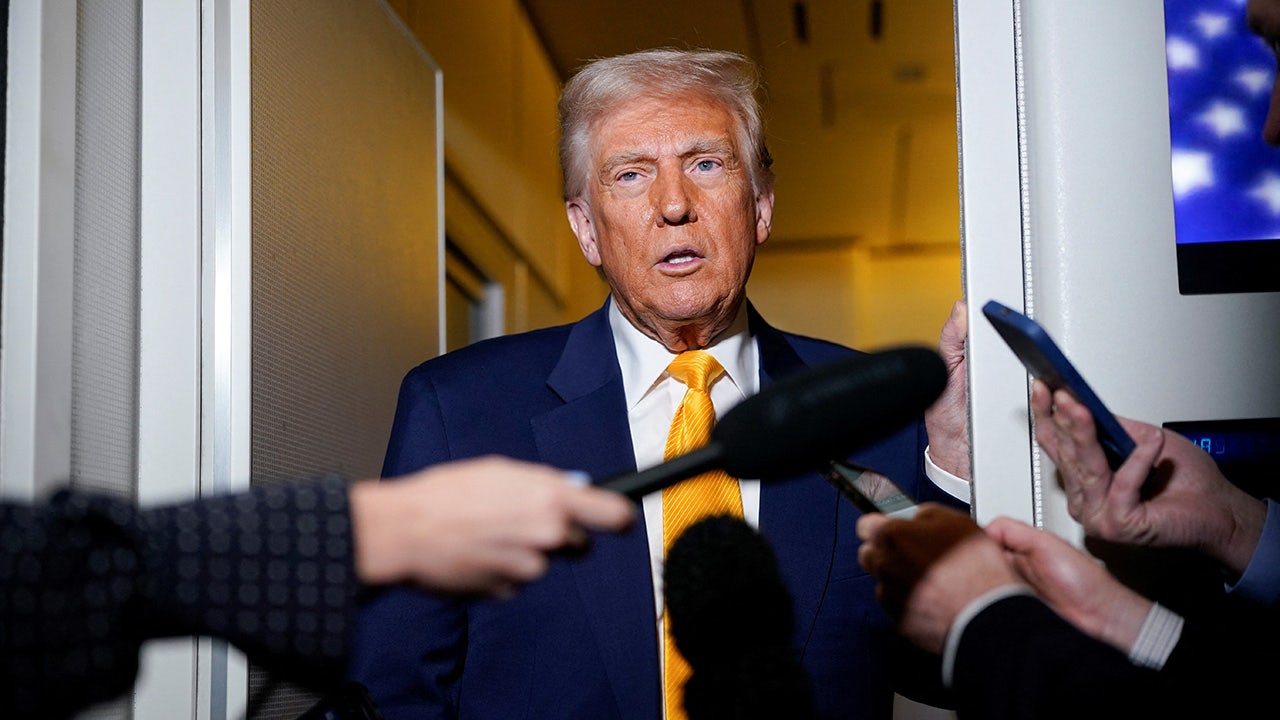Posted on Thursday, April 17, 2025
|
by Andrew Shirley
|
0 Comments
|
Despite a slew of positive economic signs, elected Democrats and the corporate media have obsessively fixated on the turbulent stock market to justify claims that the economy is floundering under President Donald Trump. Just a few years ago, however, when the stock market experienced a far more severe and prolonged slide under Joe Biden, those same voices were either conspicuously silent or frantically explaining away the downturn.
There’s no denying that the stock market has struggled since Trump took office. As of market close on Wednesday evening, the Dow was down 10.8 percent year to date, while the S&P 500 was down 10.09 percent over that same time period.
There are plenty of explanations for why the market is down – some are unfairly critical of the Trump administration, while others are more charitable to the president’s long-term economic vision. Market adjustments to Trump’s tariff policies undoubtedly have a great deal to do with the declines, but they likely aren’t the only factor.
For instance, as some economists have pointed out, most of the “economic gains” seen under Biden were entirely financed by government spending. According to this interpretation, the stock market increases in 2023 and 2024 were fueled by debt, creating a bubble that was always going to burst. From this perspective, Trump being back in office may have actually softened the blow.
Democrats and the legacy media, however, have chosen to ignore any nuance and use the stock market as a cudgel against Trump, exclusively blaming his tariffs and predicting all-out economic collapse. Liberal economists are excitedly forecasting an imminent recession while cable news networks blast doom-and-gloom headlines from dawn to dusk.
That narrative was quite different when the stock market plunged under Joe Biden. While the market is down about 11 percent since Trump took office, it declined more than 25 percent between January and September 2022, and that year was the market’s worst performance since the 2008-2009 financial crisis.
But instead of the gloating we are seeing now, Democrats and the media obediently parroted the Biden administration’s deflections. First, Americans were told that “global supply chains” were still recovering from the COVID-19 pandemic and driving down stocks. Then the liberal establishment pivoted to blaming the Russia-Ukraine war, all while the “expert” class insisted the president really doesn’t have much control over the stock market anyway.
If that were the end of the story, it might be easy to say that both Biden and Trump should be criticized for the stock market’s performance during their respective tenures. But context here is key.
When the stock market declined under Biden, it was just one part of a broader economic collapse defined by 40-year-high inflation and empty store shelves caused by the administration’s own policies. Biden kept the economy locked down long after the COVID-19 threat had passed, buried businesses in a mountain of red tape, and exploded the deficit through record peacetime spending.
The big difference with the Trump economy is that there are strong economic indicators that never existed during Biden’s tenure.
Perhaps the most notable is the astonishing $7 trillion in private business investment that has poured into the country since Trump took office. While Trump’s tariffs may be affecting the stock market, they have also directly resulted in companies moving production back to the United States. More than 130 countries have also reportedly rushed to renegotiate trade deals that will see more American dollars stay at home.
These policies are already yielding positive results independent of the stock market. During Trump’s first full month in office, the country gained 10,000 manufacturing jobs – a marked shift from an average loss of 9,000 manufacturing jobs per month during Biden’s last year in office. While an astonishing 85 percent of U.S. job growth in 2024 was in government and sectors dependent on government spending, the economy has still managed explosive job growth under Trump, even as the administration has fired large numbers of federal bureaucrats.
The inflation rate has also continued to decline under Trump, sinking to 2.4 percent in March and again beating expectations. Consumer prices declined month-over-month for the first time in nearly five years, defying “expert” predictions that Trump’s tariffs would send prices higher. Falling energy costs have driven much of that decline, a direct result of Trump’s commitment to “unleashing American energy.”
This glaring double standard reveals more than just partisan spin – it exposes the deeper reason why public trust in the media is at an all-time low. Americans are smart enough to see through the selective outrage and conveniently shifting narratives. They notice when excuses are made for one party and blame is heaped on the other.
The result? A growing number of people tune out the so-called “experts” entirely. If the media wants to regain its credibility, it must start treating economic facts with intellectual honesty and nuance, regardless of who’s in the White House. Until then, the press remains just another political actor, not a source of truth.
Andrew Shirley is a veteran speechwriter and AMAC Newsline columnist. His commentary can be found on X at @AA_Shirley.
Read the full article here











